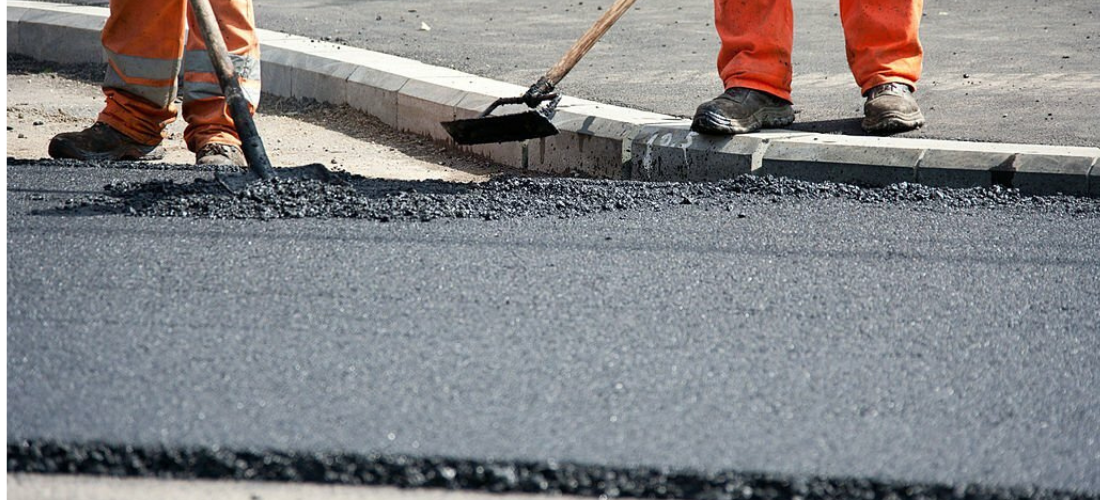Maintaining the vast network of roads that crisscross our cities and countries is a monumental task. Over time, road surfaces degrade due to the constant wear and tear of vehicles, weather, and other factors. To address this, road resurfacing machines have seen remarkable innovations, significantly improving efficiency and sustainability. In this blog, we’ll delve into the innovations and applications of road resurfacing machines, shedding light on how they are transforming road maintenance and enhancing our transportation infrastructure.
The Evolution of Road Resurfacing Machines:
Road resurfacing has come a long way from the labour-intensive methods of the past. Modern road resurfacing machines are equipped with cutting-edge technology and features that have revolutionized the industry. Here are some of the key innovations that have transformed the field:
1. Automated Paving Machines:
Automated paving machines have become the cornerstone of modern road resurfacing. These machines feature advanced technology that precisely measures and distributes asphalt. This precision results in a smoother, more consistent road surface. Automated machines have significantly improved the accuracy and speed of road resurfacing projects.
2. Eco-Friendly Asphalt Mixes:
Innovations in asphalt mixes have made them more environmentally friendly. Warm-mix asphalt, for example, is produced at lower temperatures, reducing energy consumption and greenhouse gas emissions. This not only reduces the carbon footprint of road resurfacing but also lowers costs.
3. Recycled Asphalt Pavement (RAP):
Many modern road resurfacing machines are designed to incorporate recycled asphalt pavement into new road surfaces. This sustainable approach not only reduces waste but also conserves valuable resources. It’s an eco-conscious practice that benefits both the environment and project economics.
4. Telematics and GPS Technology:
Telematics and GPS technology are now integrated into road resurfacing machines, allowing for real-time monitoring and data collection during the paving process. This data-driven approach enhances quality control, enabling construction teams to make on-the-fly adjustments, optimize efficiency, and ensure that projects are completed on time.
Applications of Road Resurfacing Machines:
1. Surface Renewal:
The primary application of road resurfacing machines is the renewal of road surfaces. They remove the old, worn-out layer and replace it with a fresh coat of asphalt. This process restores the road’s smoothness and functionality, extending its lifespan.
2. Repairing Damaged Roads:
In areas with extensive road damage, resurfacing machines can repair and rejuvenate the road. This not only extends the road’s lifespan but also reduces long-term maintenance costs.
3. Preventive Maintenance:
Road resurfacing machines are also used for preventive maintenance. This involves addressing minor issues before they become major problems. Techniques such as sealcoating and crack sealing protect the road surface from water infiltration and further damage.
4. Resolving Surface Irregularities:
Road resurfacing machines are employed to address surface irregularities like potholes and cracks. They ensure a consistent and even road surface, improving safety and comfort for road users.
Benefits of Innovative Road Resurfacing Machines:
The innovative road resurfacing machines offer a wide array of benefits:
1. Improved Quality: The precision and automation provided by these machines result in higher-quality road resurfacing, creating smoother and more durable road surfaces.
2. Cost-Effectiveness: The efficiency and the use of recycled materials can lead to cost savings in road resurfacing projects.
3. Environmental Benefits: Eco-friendly asphalt mixes and recycling practices reduce the environmental impact of road resurfacing, contributing to sustainability.
4. Time Efficiency: Automated machines complete projects more quickly, reducing the disruption to road users and minimizing traffic congestion.
Challenges and Future Prospects:
While road resurfacing machines have seen significant advancements, challenges remain. Ensuring the availability of skilled machine operators and addressing the infrastructure needs of machine operations are ongoing concerns. However, the future of road resurfacing machines looks promising, with continued innovations in automation, sustainability, and efficiency. In conclusion, road resurfacing machines have evolved into advanced technologies that are transforming the way we maintain and renew our road networks. They not only improve the quality and efficiency of road resurfacing but also contribute to environmental sustainability. As technology continues to advance, we can expect even more innovative solutions that will further enhance the s

